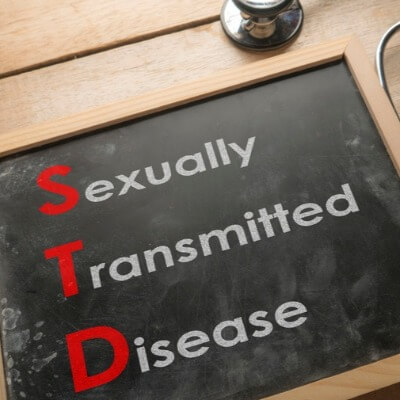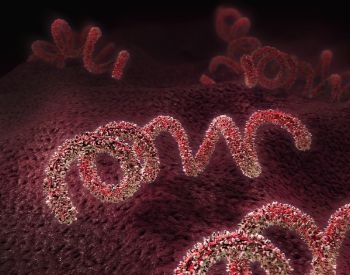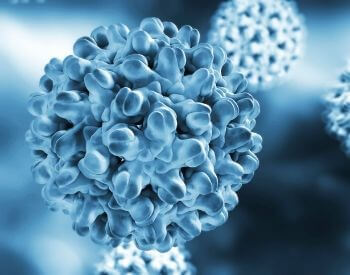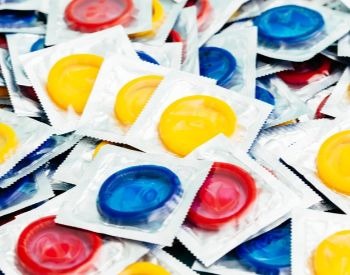
- Disease Group: Sexually Transmitted Diseases
- Total Diseases: 30+
- Deadliest: HIV/AIDS and Syphilis
- Transmission Methods: Sexual Contact
- Treatment Methods: Antibiotics, but some are not curable
- Prevention Methods: Sexual Abstinence or Condoms (safe sex)
26 STD Facts for Kids
- STDs or sexually transmitted diseases are pathogens that are transmitted via sexual activity.
- Sexual activities that can transmit an STD include vaginal intercourse, anal sex, oral sex and non-penetrative sex.
- STDs are limited to sexual activities for transmission and can be contracted through blood donations, tissue donations, during childbirth and from breastfeeding.
- STD is an acronym for sexually transmitted disease and STI is an acronym for sexually transmitted infection.
- There are over 30 different pathogens (bacteria, viruses and parasites) classified as sexually transmittable diseases.
- Chlamydia and gonorrhea are examples of bacterial STDs, they are caused by bacteria.
- Genital herpes and HIV/AIDS are examples of viral STDs, they are caused by a virus.
- Trichomoniasis and public louse are examples of parasitic STDs, they are caused by a parasite.
- The three most common STDs in the United States of America are the HPV (human papillomavirus), chlamydia and gonorrhea.
- The five common STDs in the world are HPV, chlamydia, trichomoniasis, gonorrhea and genital herpes.
- According to the World Health Organization (WHO), in a 24 hour period more than one million people contract a sexually transmitted disease around the world.
- According to the Centers for Disease Control and Prevent (CDC), the most at-risk age groups for contracting an STD is 15 to 19 (adolescents) and 20 to 25 (young adults).
- People with an STD can have a wide range of symptoms, including but not limited to vaginal or penile discharge, pain when urinating and ulcers on or around your genitals.
- Some people who contract an STD show no symptoms of an infection and are known as asymptomatic. However, they can still transmit the infection to others during sex.
- The only way to verify if you do or do not have a sexually transmitted infection is to get an STD test.
- There are several different ways to be tested for an STD and your doctor can determine which one is best for you. STD testing can be done using urine, blood or a check swab.
- Some STDs can be cured using antibiotics, while others are uncontrollable and stay with you for life.
- Chlamydia, gonorrhea, and syphilis are examples of STDs that can be cured by antibiotics and other treatments.
- HIV/AIDS, HPV and genital herpes are examples of STDs that cannot be cured and stay with you for life.
- Some STDs can be dangerous and life threatening if they aren’t treated.
- HIV/AIDS is an infamous sexually transmitted disease that can destroy the immune system in a human host. Without your immune systems, you’ll die from other diseases that your body would normally fend off.
- There is no cure for HIV/AIDS, only anti-retroviral therapy (ART) that help keep the infection at bay.
- Since its discovery in 1983, HIV/AIDS has killed more than 30 million people worldwide.
- The only 100% effective method to prevent STDs is to practice sexual abstentions (not have sex).
- There are some vaccines that can help protect you from some viral STDs, like HPV.
- Condoms and other safe sex devices can reduce the chances of contracting an STD, but do not eliminate them.
Pictures Related to STDs

An illustration of the Syphilis cells, one of the STDs.

An illustration of the Hepatitis B cells, one of the STDs.

A picture of condoms that can be used to prevent STDs.
Additional Resources on STDs
- STDs Basics – Learn about the basics of STDs on the U.S. CDC website.
- Types of STDs – Discover the different types of STDs on the Medline Plus website.
- STDs Treatments – Find the different types of treatments for STDs on the University of Medicine website.
- STDs – Wikipedia – Read more about STDs on the Wikipedia website.
